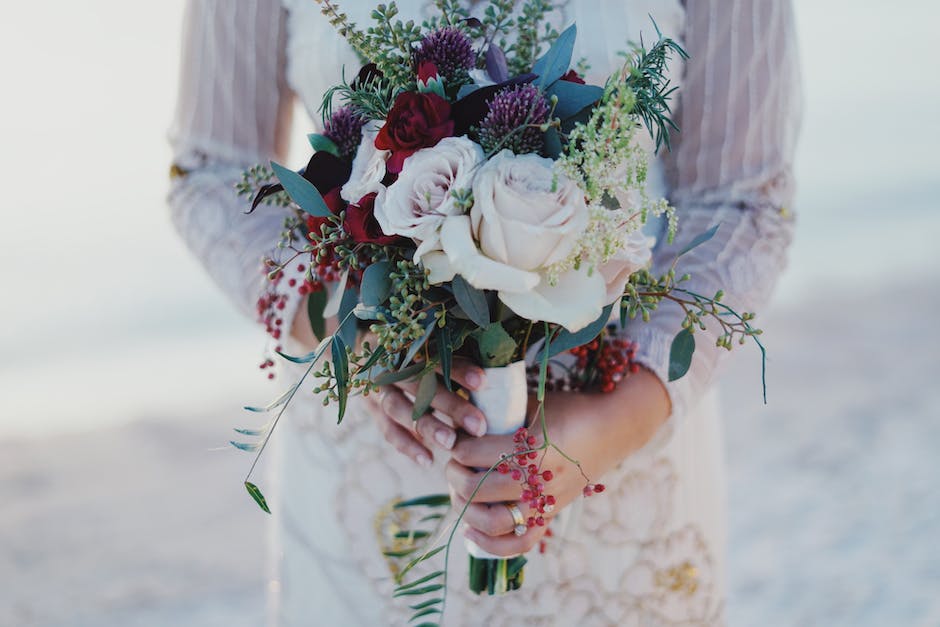
The Art of Crafting with Precious Stones: Techniques and Trends
Discover the latest techniques and trends in crafting with precious stones in our blog ‘The Art of Crafting with Precious Stones: Techniques and Trends’.
Engagement rings have a long history dating back to ancient times. The tradition can be traced back to the ancient Egyptians, who believed that wearing a circle symbolized eternity. The Romans also adopted this tradition, using rings to signify ownership and betrothal. In 1477, the tradition of gifting engagement rings as a symbol of love and commitment became more popular when Archduke Maximilian of Austria proposed to Mary of Burgundy with a diamond ring. This marked the beginning of the popular diamond engagement ring tradition that we are familiar with today.

In ancient Egypt, people exchanged rings made of materials like reeds and leather. The Romans later adopted the tradition, using iron to symbolize strength and permanence. Diamond engagement rings became popular in the 15th century when Archduke Maximilian of Austria proposed to Mary of Burgundy with a diamond ring. This established diamonds as the ultimate symbol of love and commitment.
In ancient Egypt, engagement rings were made of reeds and hemp, symbolizing eternity and never-ending love. The Romans popularized the use of iron rings to signify strength and permanence. In the Middle Ages, diamond rings became a symbol of wealth and love, with the first documented diamond engagement ring given in 1477. The custom of exchanging engagement rings as a symbol of love and commitment has evolved over centuries, reflecting changes in cultural beliefs, traditions, and materials used.
Diamond engagement rings became popular in the 20th century, thanks to a clever marketing campaign by De Beers, a diamond company. Before that, sapphires, rubies, and other gemstones were often used in engagement rings. However, as De Beers marketed diamonds as the ultimate symbol of love and commitment, people began to see them as a necessity for engagements. The famous slogan “A Diamond is Forever” further solidified the association between diamonds and everlasting love. Today, diamond engagement rings are a symbol of enduring love and are widely accepted as the standard choice for proposals.
Cultural traditions around engagement rings can vary widely, influencing the styles and customs of exchanging rings. In the Western tradition, diamond engagement rings have been the standard since the 1940s, popularized by a famous De Beers marketing campaign. However, in some cultures, other gemstones such as sapphires or rubies are commonly used in engagement rings. Additionally, some cultures have specific rules about which finger the engagement ring should be worn on. For instance, in many Western countries, the ring is worn on the left hand’s ring finger, while in other cultures, it is worn on the right hand. These variations add an interesting and diverse anthropological perspective to the world of engagement rings.
Some significant engagement rings from history include:
These famous engagement rings are not only stunning but also hold historical and sentimental value.
Modern engagement ring designs have evolved to include unique features like colored gemstones, intricate settings, and unconventional shapes. Lab-grown diamonds and moissanite have also gained popularity as more affordable and ethical alternatives to traditional diamonds. Furthermore, personalized and custom-designed rings have become a growing trend, allowing couples to create a one-of-a-kind symbol of their love. Additionally, minimalist and vintage-inspired designs have become increasingly fashionable, offering a departure from the traditional solitaire diamond ring.
In many cultures, an engagement ring is a symbol of love and commitment, exchanged at the time of proposal. Here are some common etiquette and customs associated with engagement rings:
Understanding these customs and etiquette can help you navigate the process of choosing and presenting an engagement ring in a respectful and meaningful way.
When personalizing your engagement ring, you have the opportunity to create a unique piece that reflects your style and love story. Consider incorporating meaningful gemstones, engravings, or custom designs that hold sentimental value. Consult with a skilled jeweler to explore options for personalization and ensure that your ring truly captures the essence of your relationship.
Throughout history, engagement rings have symbolized love and commitment. The tradition of exchanging rings to signify an intention to marry dates back centuries. Closely associated with romance and lasting devotion, engagement rings continue to hold a special place in modern society. Given their enduring significance, engagement rings are likely to remain a cherished symbol of love and commitment for generations to come.

Discover the latest techniques and trends in crafting with precious stones in our blog ‘The Art of Crafting with Precious Stones: Techniques and Trends’.

Discover the key factors to consider when shopping for certified diamonds in our latest blog post ‘5 Things to Look for When Shopping for Certified Diamonds’.

Discover the evolution of jewelry trends in the modern world with our blog ’10 Ways Jewelry Trends are Changing in the Modern World’. Stay ahead of the fashion curve and embrace the latest

Unlock the truth about gold buying with our blog ‘Top 5 Myths about Gold Buying Debunked’. Say goodbye to misconceptions and make informed decisions today!